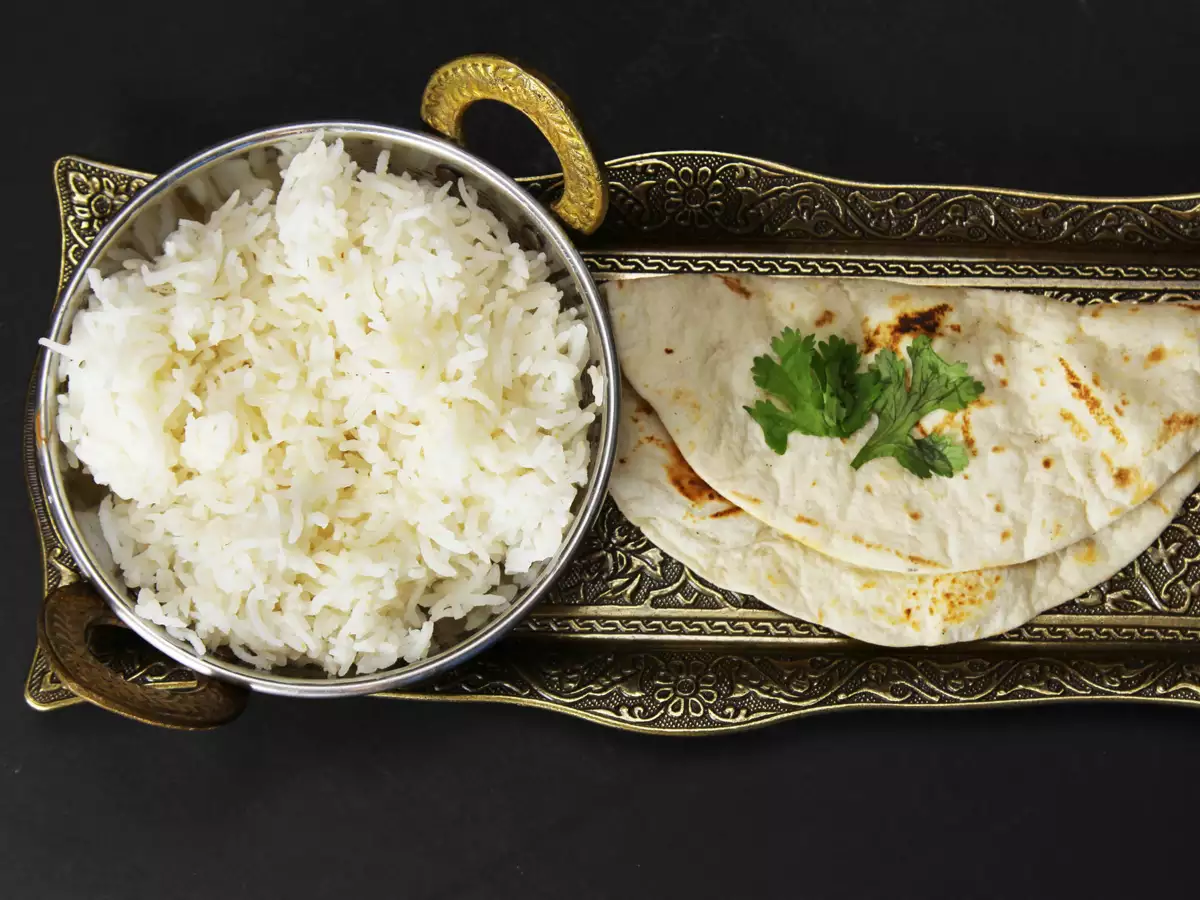
Is Rice or Chapati Healthier? A Comprehensive Comparison
When it comes to Indian meals, both Rice and Chapati hold significant places. However, as people focus more on fitness, questions arise about which is healthier. Let's compare Rice and Chapati to understand their benefits and drawbacks.
Nutritional Differences: Rice vs Chapati
Rice and Chapati both provide carbohydrates, but there are notable differences in protein, fiber, and other nutrients. Chapati is richer in fiber and protein, making it more filling than Rice, which is easier to digest but lacks certain nutrients like calcium.
Impact on Weight Loss: Which is Better?
When it comes to weight loss, the choice between rice and chapati (Indian flatbread) often sparks debate. Both staples have their pros and cons, and understanding their nutritional profiles can help you make an informed decision based on your dietary goals.
Glycemic Index and Blood Sugar Levels
Both Rice and Chapati have a similar glycemic index, which means they raise blood sugar levels at similar rates. However, Chapati's higher fiber content helps in better managing blood sugar spikes.
Folate and Mineral Content: Chapati vs Rice
Rice is a better source of Folate, while Chapati provides more iron, calcium, phosphorus, and potassium. Both are essential in an Indian diet, but Chapati offers a denser nutritional profile.
Portion Control: The Key to Healthy Eating
Regardless of whether you choose Rice or Chapati, portion control is crucial. A balanced meal with one Chapati and a small bowl of Brown Rice can provide both nutrition and satiety without overeating.

